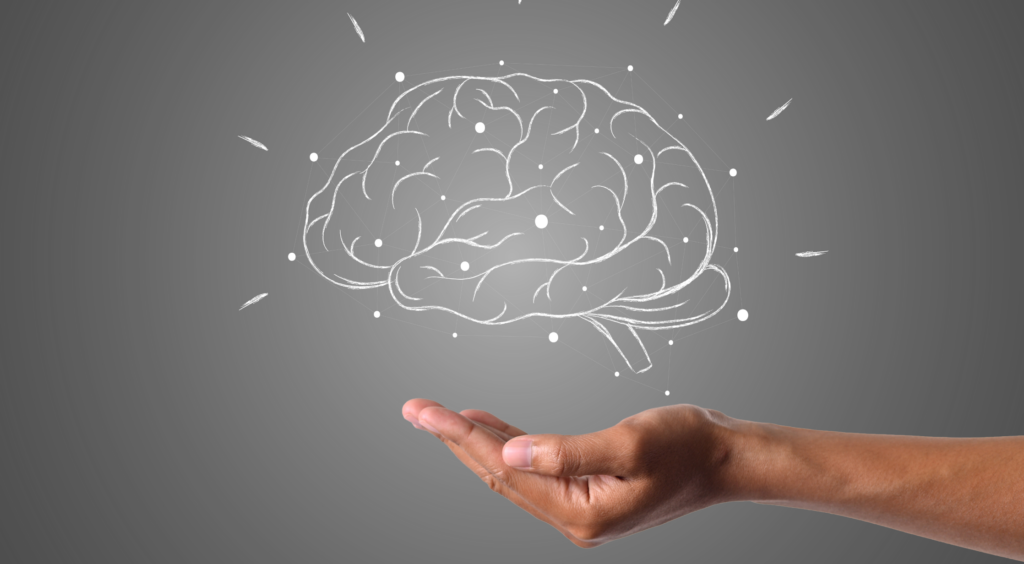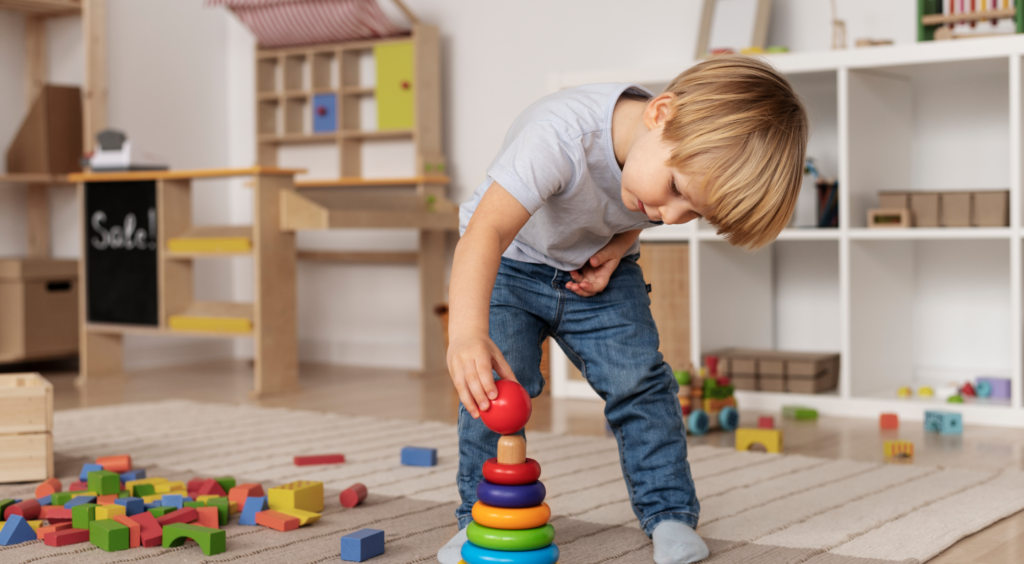A while ago, we brought you a post about educational methodologies for primary school that you needed to know, emphasising the importance of maximising students’ learning through non-traditional methodologies. This time, we bring you a post about educational methodologies for early childhood that will help you enhance your classes.
The early childhood stage is crucial for supporting optimal early development in children. It is at these ages (up to 6 years old) that the brain is most receptive to learning, so it can be stimulated to ensure good cognitive development.
Keep reading to see which educational methodologies for early childhood we recommend to aid in the development of your young students.
Advantages of also adopting non-traditional methodologies in early childhood education
If you employ traditional methodologies when teaching young children, why should you also consider using innovative methodologies? A combined approach allows you to offer a comprehensive learning environment that focuses on the overall development of your students.
Here are some advantages of incorporating innovative methodologies in your classroom. As mentioned above, this doesn’t mean these should be exclusively used in your classes. Rather, when combined with traditional methodologies, they can enhance your teaching.
These advantages include:
- Adaptation to different educational needs: Many innovative methodologies allow for greater attention to diversity, adapting the teaching to meet the different educational needs and learning paces of the students.
- Promotion of creative thinking: Innovative methodologies often include activities that encourage students to think originally and seek creative solutions to problems. This fosters creative thinking from an early age, also enhancing problem-solving skills and critical thinking.
- Motivation: Innovative educational methodologies typically place the student at the centre of learning, using games, technology, and gamification. This often serves as a motivating factor and captures the interest of young children.
- Adaptability: Getting children accustomed to learning in various ways from a young age helps them be better prepared to face the ever-changing world. Using different educational methodologies helps them acquire a range of learning tools and develop various skills that will undoubtedly be useful for adapting to changes in society.
Have you tried active learning?
Starting with early childhood educational methodologies, are you familiar with active learning? If you want to engage your students in their own learning process and encourage them to discover, explore, and experiment, you need to try it. In this methodology, children build their own learning, which aids in their cognitive development.
Active learning promotes children’s autonomy, helping them develop metacognitive thinking. Additionally, it encourages deeper learning since they learn by doing, which supports long-term retention.
For early childhood education, some ways to implement active learning include experiments, creative expression, sensory explorations, and more. The goal is for children to acquire knowledge independently, though always with your guidance as their teacher.
To evaluate and keep a record of the various activities you conduct, you can use the Additio App notebook. It offers customization options for more qualitative assessments, even with icons.
You can also try… outdoor learning
Obviously, at certain times of the year it will be more complicated to carry out this learning process, but now that the warm weather is arriving, it could be a great time to apply outdoor learning.
And you might be wondering, what exactly does that entail?
In the case of early childhood education, outdoor learning involves taking students out of the classroom and using the environment, especially natural settings, as a learning resource. These activities can be highly beneficial for students, as they can feel more connected to nature and their curiosity and learning can be fostered.
Here are some real examples of how to apply outdoor learning in your early childhood classes:
- Nature exploration: One way to enhance your students’ development is to take a field trip to a forest or park and let them explore what they find there. They can identify trees, flowers, plants, animals, insects… They can also compare shapes, sizes, smells, textures…
- Sensory activities in nature: Nature offers a wide variety of textures, smells, and sounds. Your early childhood students will love going out into nature (whether it’s a forest, the sea, a river, or a park) and participating in activities with sand, water, leaves, stones, or anything else you can think of.
- Outdoor games: During seasons when the weather allows, it’s ideal to go out to the playground or nearby parks to engage in outdoor activities and games with your early childhood students. Playing games like tag, hide and seek, or British bulldog promotes balance, coordination, and teamwork.
You can plan these activities using the lesson planner in Additio App, keeping everything organised and accessible.
You might already be familiar with it, but it’s worth mentioning again: the Montessori method
Certainly, it is one of the most widely known educational methodologies worldwide, especially for early childhood education. We have previously covered this topic on our blog, but it’s always good to remind you, considering the significant impact this methodology can have on the development of children in your classroom.
Developed by Maria Montessori in the early 20th century, this method focuses on children’s innate ability to learn and develop. Materials are specifically designed, and the environment is prepared to enhance this natural capacity.
The Montessori method is based on discovery learning, where students learn through their own activities and practices. Additionally, specific materials are designed, often focusing on sensory experiences.
Early childhood is an ideal time to apply the Montessori method as it encourages curiosity and allows children the freedom to explore their interests. Some ways to implement the Montessori method include:
- Creating a sensory corner where children can experiment with various textures, shapes, and colours.
- Setting up a creative corner where students can express their creativity using pencils, brushes, paints, and clay.
Furthermore, to communicate with families about the progress of children in class, we recommend using the communication features of the Additio App, which allow for one-way communications and creating chats.
Is there any other methodology you would recommend for early childhood?
As we’ve seen, it’s crucial to foster creativity, autonomy, and exploration in young children. We’ve suggested three innovative methodologies for your classes, but we’d like to know, do you recommend any others?
Join us on our social media channels: Facebook, Twitter, Instagram and Youtube.
Additio App, the school management, assessment, and communication platform that helps you put students at the centre of learning
With Additio App, you can conduct competency-based assessments that keep students informed about their progress, helping them identify areas for improvement and strengths.
More than 150 features support you in enhancing your teaching and student learning. You can try the tool for free with the Additio Starter plan, which grants access to most functionalities, ensuring the platform meets your needs.





